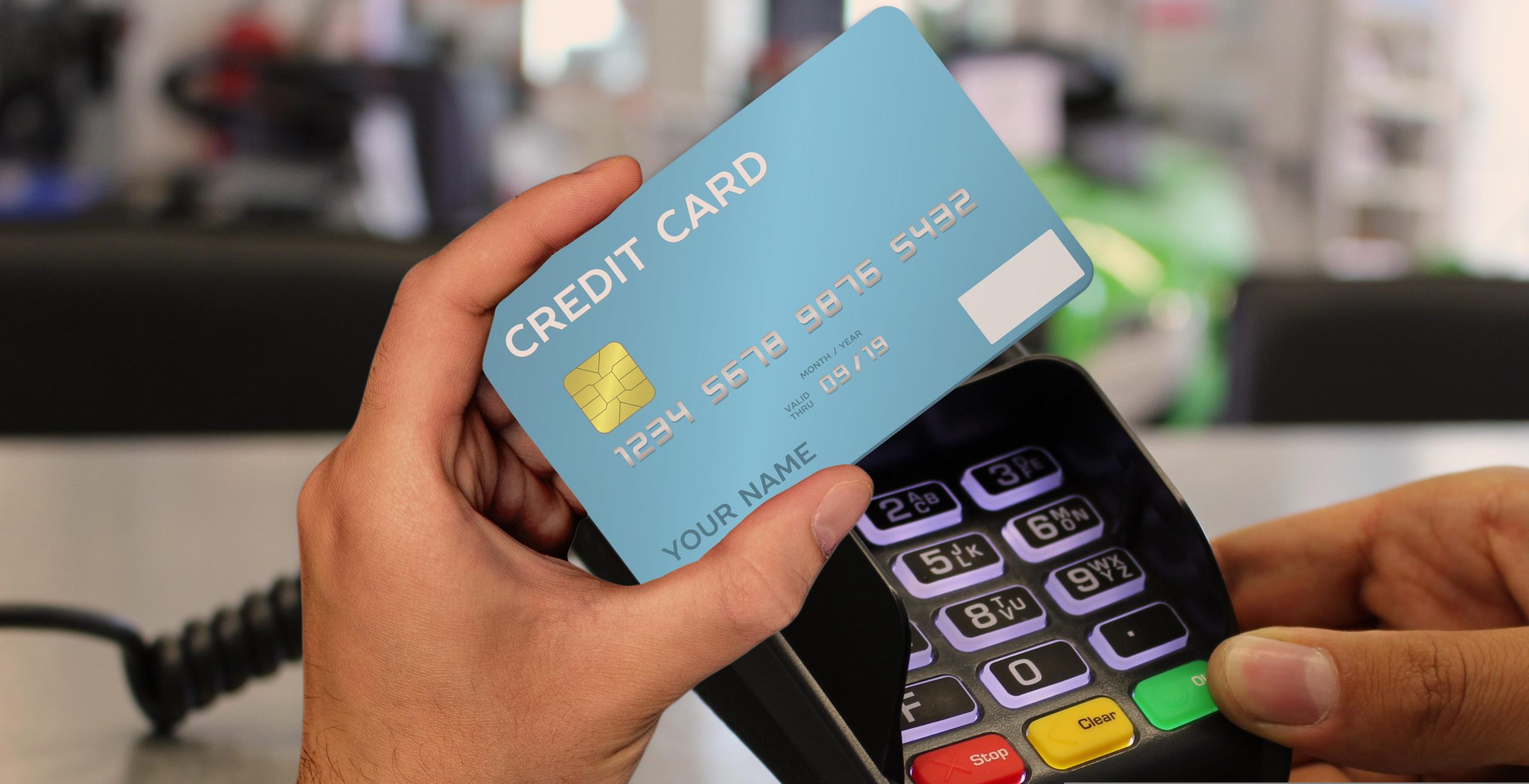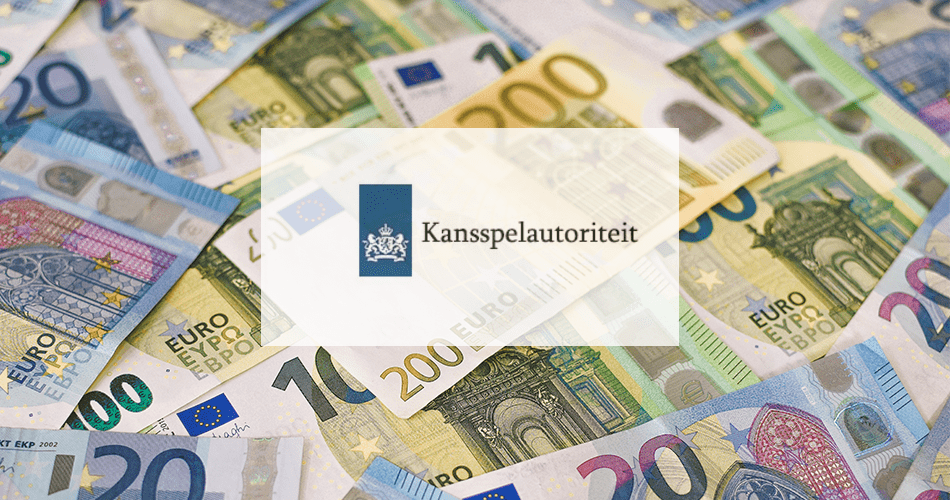WASHINGTON — With its larger-than-usual half-point cut to its key interest rate last week, the Federal Reserve underscored its belief that it has all but conquered inflation after three long years.
The public at large? Not so much.
Consumer surveys, including one released Friday by The Associated Press-NORC Center for Public Affairs Research, show that most Americans remain unhappy with the economy, still bruised by an inflation rate that hit a four-decade high two years ago as the economy rebounded from the pandemic recession.
Yet in the view of some economists, the shift toward steadily lower borrowing rates could eventually improve consumer sentiment. Inflation has sunk for more than two years and is nearly back down to the Fed’s 2% target. Though that means overall prices are still rising, they’re doing so much more slowly.
The costs of some high-profile consumer goods, from used cars to grocery prices, have actually been falling. Economic history suggests that a low, stable inflation rate, with prices rising only gradually, eventually leads Americans to adapt to higher price levels. One favorable factor is that average incomes are now rising faster than prices, allowing more households to afford necessities.
The issue remains a heated one in the political campaign. Seeking to capitalize on public discontent, former President Donald Trump has blamed the Biden-Harris administration’s policies for having caused inflation to spike. Yet Friday’s AP poll found that voters are now roughly split on who they think would better handle the economy, Trump or Vice President Kamala Harris. Back in June, an AP poll had found that 6 in 10 disapproved of President Joe Biden’s economic record.
That is a sign that, at least seen through a political prism, Americans’ economic views have begun to brighten.
Powell also provided a colloquial definition of the Fed’s mandate to seek “price stability.”
“A good definition of price stability,” he said, “is that people in their daily decisions, they’re not thinking about inflation. That’s where everyone wants to be — back to, ‘What’s inflation?’ Just keep it low, keep it stable.”
Powell did not suggest that the Fed had fully succeeded in that goal. He acknowledged that consumers are still “experiencing high prices, as opposed to high inflation,” which he said is “painful.” But, he said, “I think we’ve made real progress.”
Sofia Baig, an economist at the polling firm Morning Consult, noted that Americans still see high prices as a financial burden. When people think about inflation, she said, they are likely thinking about how much lower prices were two or four years earlier. Fed officials and economists, by contrast, typically measure success in shorter-term durations — prices compared with a year ago, six months ago, even one month ago.
Over time, Baig said, consumers typically adjust to higher prices, particularly as their incomes catch up.
“You hear your grandparents talking about a bottle of Coke costing some egregiously low amount,” she said. “So inflation has always been happening, but, at a certain point you kind of take in the new prices and get used to it.”
Some of the gloom surrounding the economy has likely been heightened by the political attacks Trump and his Republican allies have waged for three years against the Biden-Harris administration, focused relentlessly on inflation. Many economists have noted that high inflation was a global phenomenon after the pandemic recession, caused largely by shortages of parts and labor, and was just as severe overseas as it was in the United States. Inflation worsened the next year after Russia’s invasion of Ukraine sent food, oil and gasoline prices soaring.
According to the University of Michigan’s consumer sentiment survey, Democrats’ outlook on the economy is more positive now than on the eve of the pandemic, in February 2020. Sentiment among Republicans, in contrast, has plunged by nearly two-thirds. Among independents, sentiment is still 40% below its prepandemic level.
Neale Mahoney, an economist at Stanford, said his research shows that the hit to consumer sentiment from an inflation spike fades by about 50% a year. Yet Mahoney noted that the influence of politics has intensified in this election cycle.
“We are witnessing a tug of war between fading concerns about inflation and dialed-up partisanship heading into the election,” said Mahoney, who was an adviser to the Biden White House in 2022-23.
Baig also cites the influence of social media, which has been rife with photos and videos of consumers pointing to exorbitant prices, for dimming Americans’ view of the economy.
Though average prices won’t likely return to where they were before the pandemic, slower inflation can help speed the adjustment process. Groceries still cost much more than they did three years ago, but in the past 12 months they’ve risen just 0.9%. The average cost of a gallon of gas has plummeted 17% from a year ago, to $3.22, according to AAA. In 14 states it’s below $3. The cost of a new rental lease is down 0.7% in the past year, figures from Apartment List show.
And in 2023, median household income rose 4% faster than prices, the first gain in inflation-adjusted income since the pandemic, the Census Bureau reported this month.











